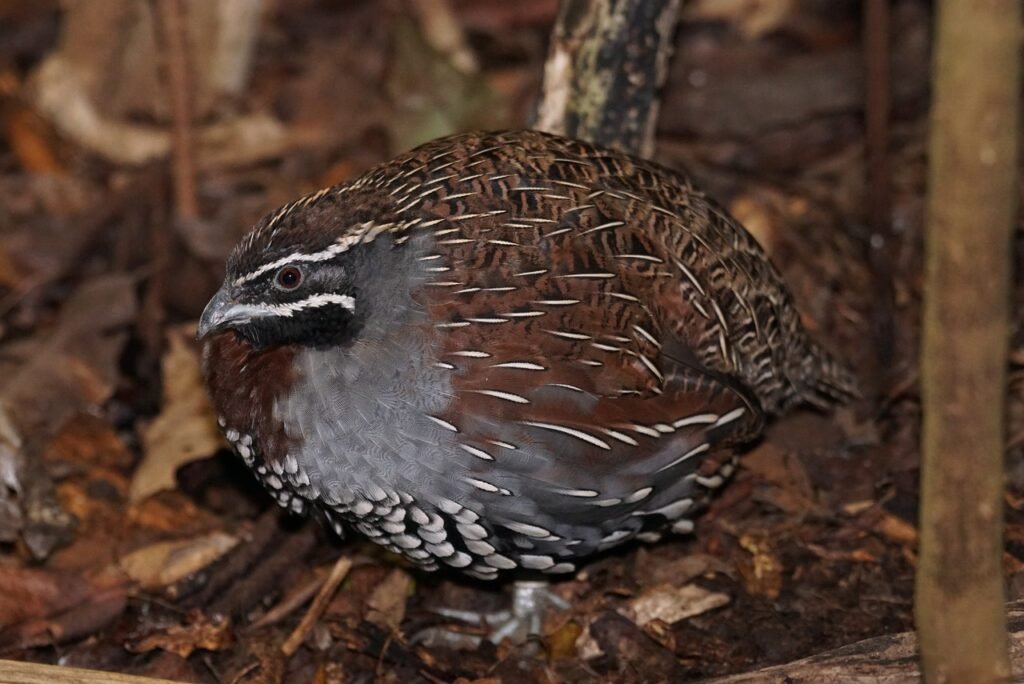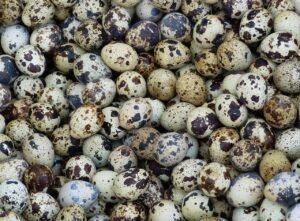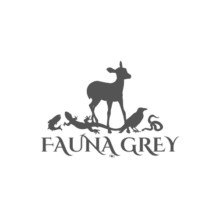The purpose of this article is to reignite American interest in the humble quail. As a nation, we used to be well acquainted with this beautiful bird. However as the years went on, their population dwindled, and so did the significance of this bird to our nation.
1. Quail were once part of American traditions.
I love 1940s-1970s American culture! Even still, I know I am far from being the only one who remembers hearing references of quail and pheasants in songs, books, and television from that time. Whether it was Thanksgiving, Christmas, or a Sunday gathering with the family, many Americans used to enjoy hunting, cooking, and eating them together during the mid twentieth century. This game bird used to be a familiar entrée sat on top of the holiday table for thousands of Americans to enjoy.
2. The quail population has steadily declined.
Although there are many species in the families of Phasianidae and Odontophoridae, most of them have been in the danger zone for a long time. The masked Bobwhite was listed as endangered in 1967 and a recovery plan was drafted in 2019 which also included Bobwhites. They are a grassland bird, therefore most of their habitat has been wiped out resulting in less available areas to thrive. There is also a theory circulating that there is a problem developing with their reproductive system.
3. Playing an important role in the ecosystem.
Like most other birds, they are seed spreaders! They are always scratching and scraping the ground constantly searching for food. This also means that they are natural tillers of the dirt. In creating movement and activity in the soil, it can benefit ground dwelling critters as well as plants.
These birds are also an important member of prey animals. They mature quickly and produce a high number of offspring, creating a better chance for their species to survive despite being a nutritious prey item. Even though wild quail often meet an unfortunate fate, their role as a prey animal is important as it means that other magnificent creatures can also thrive.
4. Mostly a ground dwelling bird.
Akin to turkeys, it is unlikely to see any species of quail flying around your backyard. Most of them prefer to stroll around grassy, well hidden areas. Typically only choosing to fly when threated by predators, or to reach a lookout spot to protect their families.
5. Unique physical features.

These magnificent creatures have a striking appearance with beautiful feathers and rare features. Many different species in their genus have a question mark shaped top knot on the top of their heads to display. The scaled or “blue quail” have a charming hue of blue with a texturizing appearance of scale like designs. Continuing with the striking appearances, the Mearns quail looks like it has a festive black and white mask on. The contrasting colors proves to create a bold look for this bird.
6. Forming adorable and loving families!
A group of quail is called a covey. When a covey is seen, it is usually a family consisting of a mated pair and their offspring. In an adorable storybook display, these families are often seen walking single file with the male as the leader and the female in the back making sure that no one is left behind. Mated pairs share the responsibility of raising their family and will defend their children to the death.
7. Once they hatch they hit the ground running.
The moment a baby hatches, it comes into this world precocial. This means that babies have their feathers and are ready to follow their parents immediately. It is a huge advantage to a prey animal to have the ability to run the moment it is born.
8. Stealthy with excellent camouflage.

Anyone who has hunted this type of game bird before can tell you that they are difficult to find. Especially when in their preferred habitat, they are significantly hard to spot. When they see a predator before it sees them, they will simultaneously take off into flight. This causes a great thunderous sound that has gained a reputation for surprising many unaware hunters.
9. Feeding beloved pets everywhere!
The eggs that they produce are highly nutritious. A great source of protein and vitamins. The shell is much softer than a chicken egg, making it an ideal meal for several different kinds of pets! Store bought quail eggs are in the homes of thousands of reptile owners all around the world and even in zoo kitchens. These eggs can be considered a delicacy to many other animals.
10. Excellent additions to homesteads and farms.
Adding this type of poultry to your collection of farm animals can be a great choice! Just as stated above in fact number 9, their eggs are highly nutritious and they produce a significant yield. They are smaller and therefore easier to house than other poultry. These birds also make a great choice if having chickens deters you because of their loud noises. It is arguably much more pleasant to hear the chirping of a quail than the “cock-a-doodle-doo” of a rooster.

We really hope that you have enjoyed this article on faunagrey.com! Please join us back here to learn more about amazing creatures soon again!
Thank you!
Cites and Sources-
Jon Friedman (October 12, 2016) Quail Behavior, Traits, and Characteristics https://wildbirdsonline.com/blogs/news/quail-behavior-traits-and-characteristics
Kentucky Department of Fish and Wildlife Resources (2022) Kentucky Quail Report https://fw.ky.gov/Hunt/Documents/2022-23-Quail-Report.pdf#:~:text=The%20severe%20drop%20in%20population%20levels%20following%20the,of%20land%20use%20changes%20and%20cleaner%20agricultural%20practices.
Quail Forever- The Habitat Organization (n.a.) Quail Facts https://quailforever.org/Habitat/Why-Habitat/Quail-Facts.aspx
Roy Roberson 2 (March 5, 2008) Where have all the quail gone? https://www.farmprogress.com/commentary/where-have-all-the-quail-gone-
US Fish and Wildlife service (n.a) Masked Bobwhite https://www.fws.gov/species/masked-bobwhite-colinus-virginianus-ridgwayi
